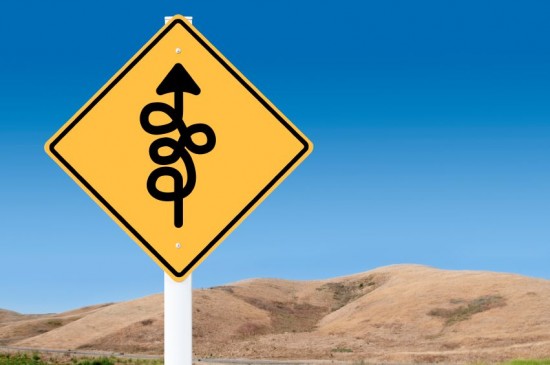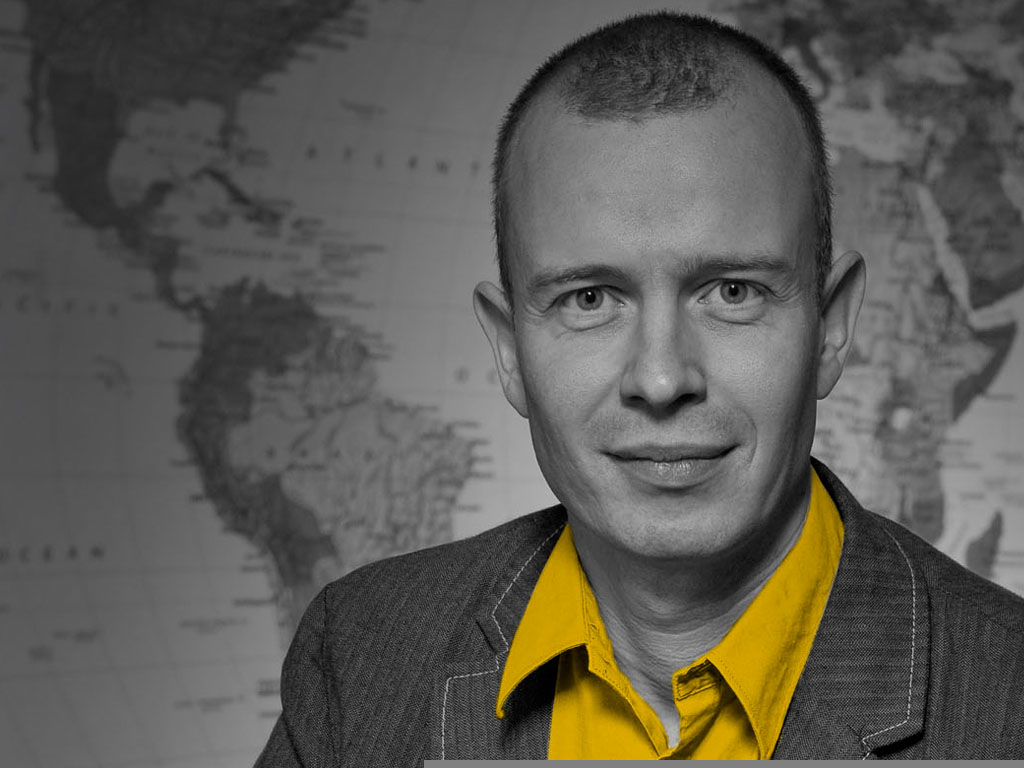Skift Take
Stop doing things that don't deliver value
This is a guest post by Cyriel Kortleven. He is a sought-after speaker and Master of Interaction at conferences, events and internal meetings. He’s also an author and a workshop facilitator. Find out more about Less Is Beautiful here and follow Cyriel on Twitter here. Submit your guest post here.
If you’re not paying attention for one minute on the internet, then you miss 1.500 blogposts, 98.000 tweets, 600 new youtube movies and 168 million emails. We live in a society with an abundance of products and services, connections, technologies, information but sometimes it’s too much.

At Starbucks, you can choose from 87.000 combinations. That’s probably even more than you can try out in your whole life. Another example are the comparison sites. The only purpose of these sites is to compare different websites with each other (eg to buy a car or insurance or even diapers). But now, you already got comparison sites of comparison sites to help us make the right choice (Eg snakewool.nl or comparethecomparisonsites.com).
For me as an international speaker on creativity and innovation, the ‘less is more’-principle brings awareness at the other side of innovation. Innovation is mostly associated with the new and the future. But we also need to spend attention to free up resources like time, energy and awareness and the ‘less is more’ principle focuses on that part. And we can certainly apply this principle in the event-business. Especially for meetings.skift.com some nice examples what you can do as event manager.
It is only logical to think that if some choice is good, more is better. More possibilities to benefit from and if you don’t care, just ignore the 200 versions of cereal that you haven’t tried. Yet Barry Schwartz has done research and has found that this assumption is wrong. Although some choice is undoubtedly better than none, more is not always better than less. Too many choices can lead to the paradox of choice. At that moment, people get paralyzed by the number of options, get stress, are afraid to make a wrong choice and it can even lead to a depression.
There are three principles you can apply to gain more with less: start to stop, simplify and let go.
1. Start to stop
– At most events you still get a good-bag filled with folders and other stuff. 95% of the participants throws these things immediately in the trash and nobody reads the folders. Why don’t you come up with a creative way to deliver extra value to your sponsors – a dinner with speakers, opportunity to write an article in the industry magazine, … but stop the consuming & throw away society.
Stop with the classical flow of an event of having a few keynote speeches and a few work workshops and end with a reception. Dare to go for an innovative flow. A very nice example is PGM Open – a conference organised in February 2013 for program managers in the Netherlands – where I could give my first keynote ‘Less is beautiful’. There was no opening keynote and participants could immediately choose between 8 different options: workshops, pecha kucha presentations, dialogue tables, TED-look-a-likes, … In the middle of the program, the 300 participants gathered for a short keynote and then the smaller sessions started again. The event started at 2PM in the afternoon until 8PM to avoid the traffic jams.
Create a quit list
We are very good in making to do lists and it looks like those lists always get longer. It might be very interesting to start a quit list. This is a list where you note down all the activities that you don’t want to do anymore. Take a few minutes to write down things that you’re still doing but don’t want anymore. Take the most important one – the one that takes the most energy and give yourself 4 weeks to make sure that you take the necessary actions (stop, delegate, communicate) to check this action from your quit list.
2. Simplify
Go for different presentation formats
We have a tendency to make things more complex than necessary. There are a lot of great presentation formats to simplify things. It’s bizarre that the pecha kucha format hasn’t become a trend in the event business because it’s a great way to allow a lot of speakers to get on stage in a very short time. Speakers have 20 slides and every slide lasts for 20 seconds so in 6’40” the presenter has to get her point across. This format allows you as an organiser to plan 5 speakers in less than 40 minutes. And you organise a Q&A or workshops afterwards to explore the topic more in-depth.
Build routines to get inspired
It looks like a contradiction but sometimes it helps to build a routine (a pattern) to get inspired. Certainly as an event manager we don’t plan time to get inspired and just continue the ratrace. One inspiration moment for me is Friday morning (at that moment my cleaning lady is coming). I leave the house, to let her focus on her job and allow myself to get lost in social media (twitter, a selection of blogs and some Linkedin groups). The purpose is to find at least three elements that I can integrate or use in my work.
Summarize your day in a tweet
As high-educated people, we have a tendency to use complex words and jargon. Sometimes it’s very good to be forced to go to the essence – a very hard but rewarding exercise. Twitter is a great example (if you use it right) to communicate the essence of something. If you should summarize your day (or week or job or even life) in one tweet which 140 characters would you use? Or could you ask your audience to send out one tweet about your event?
3. Let go
Don’t over-organise and go for unconferences
A lot of events are planned out from the minute when people come in until the moment they leave the event again. A last principle to apply ‘less is beautiful’ is about not worrying about everything and trust the fact that some things will work themselves out. Participants love to talk so give them the chance to do this. Unconferences (world café, open space, dialogues tables, …) are great formats to leave the conversation to the real experts (the participants) instead of arranging everything for them. Let them share the most important insights of the conference and make a translation to their daily work.
Crowdfunding and crowdsourced speakers
And the crowdsourcing trend also fits perfectly in the principle ‘Let go’. There are already a lot of events (see earlier posts of Julius for some examples) who only take place if there’s enough budget collected via crowd funding. The organisers announce the theme and program in advance and potential participants can already register (and eventually do an advance payment) if they want to come to the event. If a minimum of participants is reached, the event will be organised. Or what about organising an event and putting the shortlist of speakers on your website. And let the audience decide who they want to see on stage. It’s all about letting go and let other people (eg the participants) do the work.
Introduce Mr. Iddi
A lot of times are organizations busy with finding the department or person to blame when something goes wrong. In essence, there’s nothing wrong with finding the cause of a problem – to make sure that it won’t happen again and real learning can happen. But in many cases, a lot of energy is lost during this crusade to find the ‘guilty’ (with accusations, deception and a lot of other negative energy).
Most of the times is a problem the result of a coincidence of different actions and isn’t it due to 1 guilty person. What would happen if we could transform all this negative energy in a positive exploration to make sure that the problem won’t happens again. It is possible. From the moment something goes wrong, Mr. IDDI is the guilty one. IDDI stands for ‘I Didn’t Do It’ and it’s no longer necessary to invest energy in finding the wrongdoer. The focus can switch to positive solutions and ideas to make sure that the situation won’t repeat itself.
In Conclusion
Check out the Slideshare hit ‘Less Is Beautiful’ an amazing sum up of the above tips:





